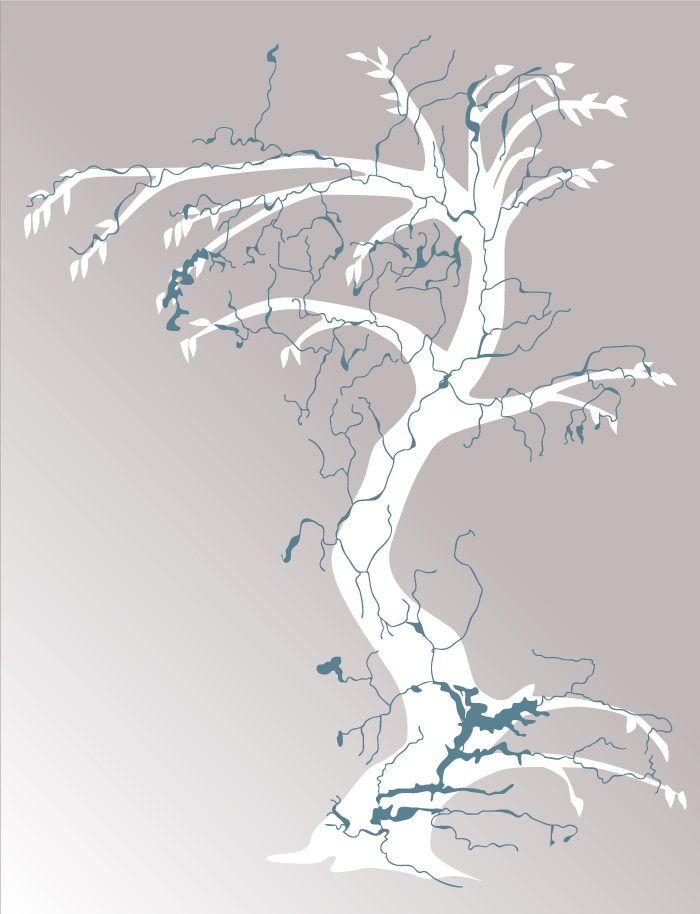Now show the “tree” image on the SMART Board. What does this look like to you?

Look at the shape of the river on the poster or website: Wolastoq Heritage Poster unveiled
Before reading the story, note the shape of the river and have students try to think of something that could explain how a river got this shape. Answers could be realistic or imaginary…
The following story was told by Gabe Paul of Pilick/Kingsclear Community to ethnographer Frank G. Speck in 1917. The story tells of the origins of Wolastoq (Saint John River) and relates how the river is shaped like a tree. The word Wolastoq means the beautiful and bountiful river; the Indigenous people of Wolastoq are Wolastoqewiyik, meaning people of the beautiful and bountiful river.
Read the story to the class. Are there similar themes between this story and the Creation of People story? What are they? Why do people tell stories to explain nature? Why do we still tell them today? Do you know one?
The Creation of Wolastoq (Saint John River)
Aglebe’m kept back all the water in the world, so that rivers stopped flowing, and lakes dried up, and the people everywhere began dying of thirst. As a last resort, they sent a messenger to him to ask him to give the people water but he refused and gave the messenger only a drink from the water in which he washed. But this was not enough to satisfy even the thirst of one. Then the people began complaining, some saying, “I’m as dry as a fish,” “I’m as dry as a frog,” “I’m as dry as a turtle,” “I’m as dry as a beaver,” and the like, for they were on the verge of dying of thirst. At last a great man, Keluwoskap (bearer of great truth; the good man), was sent to Aglebe’m to tell him to release the water for the people. Aglebe’m refused, saying that he needed it himself to lie in. Then Keluwoskap cut down a tree, so that it fell on top of the monster and destroyed him. The body of this tree became the main river… and the branches became the tributary branches of it, while the leaves became the ponds at the heads of these streams.
Acting the Story Out
Why is it important that people now living along the river look after it and protect it?
What would you do to make sure that happpens?
Act out this story. Use sound effects to illustrate the sound of water (try using a rainstick) and other nature sounds.




